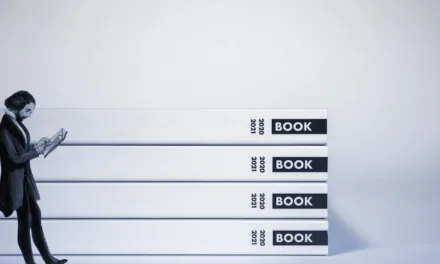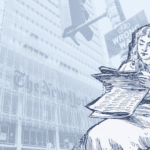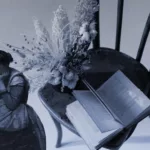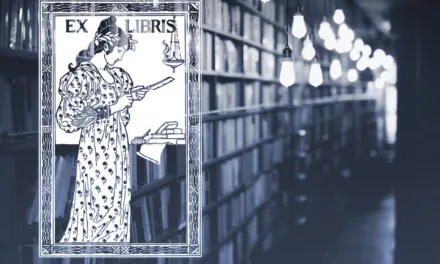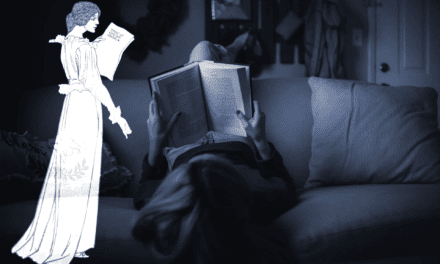
A Quick ’n‘ Easy Glossary of Poetic Terms
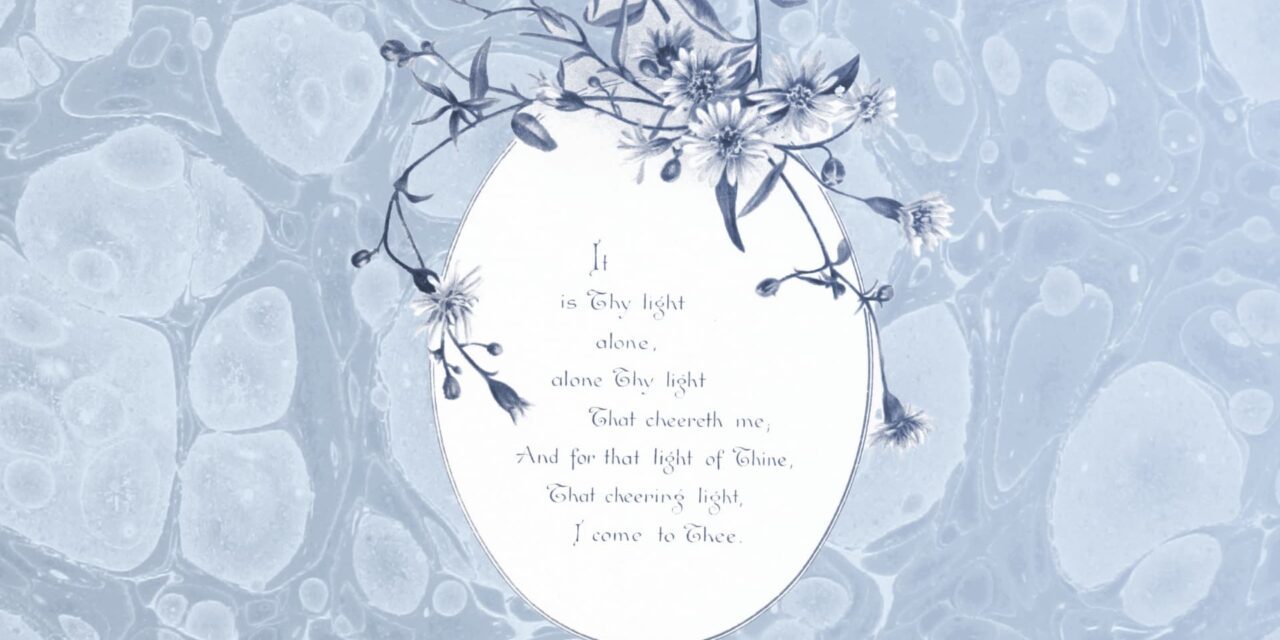
Great writing is not dissimilar to great architecture. Its creator assembles myriad precise pieces and fits them together into a seamless whole. To the untrained eye, it looks effortless — but we know better.
As poets, we have many tools at our disposal. They can be a lot of fun to explore, but all the terminology can be overwhelming at first. Not to worry; we’ll break down some of the more common poetic terms you’ll hear poets talking about so you never feel out of your depth again.
A whole bunch of useful poetic terms
Ready? Let’s dive in.
Acrostic poetry
An acrostic poem is one in which the first letter of each line spells out a word or a message. These can be a fun way to create art that feels like it’s talking in code.
Alliteration
Alliteration is a literary device in which successive words begin with the same letter: “Buzzing around like a busy bee” is an example of an alliterative phrase.
Anapest
Anapest is a metrical form that consists of two unstressed syllables followed by a stressed syllable: “underneath” is an example of an anapestic word.
Anaphora
Anaphora is a literary device in which successive lines open with the same word or phrase: “In every cry of every Man, / In every infant’s cry of fear, / In every voice, in every ban, / The mind-forg’d manacles I hear” is an example of anaphora from William Blake’s poem “London”.
Assonance
Assonance is a literary device that uses repeating vowel sounds throughout a line of text: “Old age should burn and rave at close of day / Rage, rage against the dying of the light” from Dylan Thomas’s “Do Not Go Gentle into That Good Night” is an example of a line that uses assonance. “Age”, “rave”, and “Rage” have hard A sounds in common, while “Old” and “Close” have vowel sounds in common.
Blank verse
Blank verse is a style of poetry that uses strict metre (more on metre below), but doesn’t rhyme. It’s most commonly written in iambic pentameter, lines of ten varying unstressed and stressed syllables. Shakespeare wrote a lot of his work in blank verse.
Caesura
Caesura is a break in the middle of a line of poetry. The line might be broken with a punctuation mark or with an extended space (this is called visual caesura).
Canto
A canto refers to a longer stanza or series of stanzas in an epic poem. They function as “chapters” in a novel-length verse story.
Cinquain
A cinquain is a stanza or standalone poem of exactly five lines.
Concrete poetry
A concrete poem is a poem written in a shape representative of what it’s about; for instance, a poem about rain written so that the words form the shape of a raindrop.
Contrapuntal poetry
Contrapuntal poetry is a clever approach in which one or more poems are woven together to create a single poem. This means that the reader can interpret it in multiple ways, depending on how they structure the words in their mind.
Couplet
A couplet refers to a single stanza of only two lines. These are commonly found at the end of a poem.
Dactyl
A dactyl is a metrical form that’s the opposite of an anapest; it consists of two stressed syllables followed by a stressed syllable: “tenderness” is an example of a dactylic word.
Ekphrastic poetry
Ekphrastic poems are written in response to another piece of art: a painting, a sculpture, or even another poem.
Enjambment
Enjambment is a literary device in which lines of poetry are cut off in the middle of a sentence. This can give the poem a specific rhythm or sometimes give the words a double meaning. Gwendolyn Brooks’s poem “We Real Cool” is full of enjambment: “We real cool. We / Left school. We / Lurk late. We…”
Epistolary poetry
Epistolary poems are written in the form of letters, diary entries, or modern forms of communication, like text messaging.
Erasure poetry
Erasure poetry, sometimes called blackout poetry, is a poem built out of an existing document, like a newspaper article or a page from a novel. The poet takes the existing document and erases or blacks out parts of it so that the words left behind form a poem.
Form
Form refers to the way a poem is structured. Sonnets, villanelles, and haikus are some of the more famous poetic forms.
Free verse poetry
Free verse poems are written with no set form. They tend to be more conversational than traditional poems.
Iamb
An iamb is a metrical form that consists of an unstressed syllable followed by a stressed syllable: “device” is an example of an iambic word.
Line break
A line break is the place where one line ends, and the next line begins.
Metaphor
A metaphor is a literary device in which an idea is used to symbolise something else. “A heart of gold” is a classic metaphor that’s used to describe someone generous and kind (not someone with a literal hunk of metal in their chest).
Metre
Metre refers to the way a line structures its pattern of stressed and unstressed syllables.
Metonym
A metonym is a literary device in which a concept is portrayed through a closely related idea. For example, “the crown” is often used as a metonym for the monarchy, and “the press” (referring to a printing press) is used as a metonym for journalists.
Onomatopoeia
Onomatopoeia refers to words that sound like what they’re trying to say. “Rustle”, “burble”, and “cacophony” are all onomatopoeic words.
Point of view
Point of view refers to the way the narrator’s voice is communicated with the reader. The most common points of view in poetry are “I” and “They”, but you can also use “You” or “We” to tell a story through a poem.
Prose poetry
Prose poetry is a style of poetry that’s written in a poetic voice but with no line breaks. Instead, it’s presented as a block of text.
Quatrain
A quatrain is a stanza or standalone poem of exactly four lines.
Refrain
A refrain is a line of poetry that’s repeated several times, normally at the beginning or ending of each stanza.
Rhyme scheme
Rhyme scheme refers to the way a poem structures its rhymes, presented in a series of letters. If every second line is rhymed together, the rhyme scheme of ABAB. If the first two lines rhyme and then the following two lines rhyme, the rhyme scheme is AABB.
Septet
A septet is a stanza or standalone poem of exactly seven lines.
Sestet or sextet
A sestet, sometimes called a sextet, is a stanza or standalone poem of exactly six lines.
Simile
A simile is a literary device which compares two seemingly unrelated ideas using a modifier such as “like” or “as”: “She was as brave as a lioness”.
Slant rhyme
Slant rhyme refers to words that don’t quite rhyme but have sounds that are very similar. “Black”, “Blank”, and “Blink” are slant rhymes.
Speaker
The speaker is the narrator of a poem or the person telling the story.
Spondee
A spondee is a metrical form with two successive stressed syllables. “Downtown” is an example of a spondaic word.
Stanza
A stanza is a unit that combines several lines of poetry, separated by blank spaces. It’s the equivalent of a paragraph in a poem.
Synecdoche
Synecdoche is a literary device that equates a part of something as the whole. “Wheels” is a synecdoche for a car, while “hands” can be a synecdoche for workers.
Tercet
A tercet is a stanza or standalone poem of exactly three lines.
Trochee
A trochee is a metrical form with a stressed syllable followed by an unstressed syllable. “Poet” and “Tiger” are both trochaic words.
Now that you’re armed with a new set of tools and poetic terms, go forth and write some poetry!













